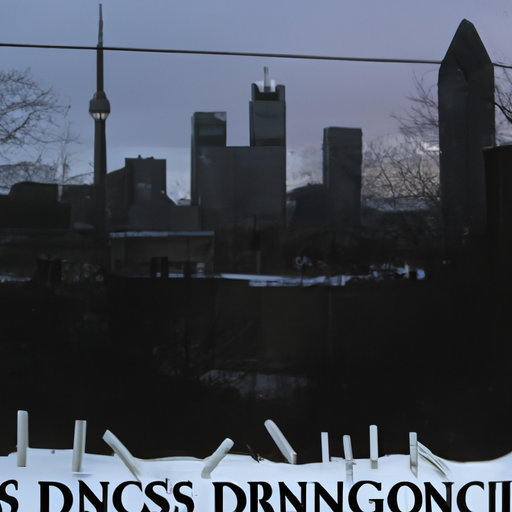Addressing the Consequences of the Canadian Opioid Crisis: The Role of Drug Consumption Sites
In a riveting and detail-heavy discussion on the ongoing Canadian opioid crisis, it is reported via Yahoo News that the closing of three supervised drug consumption sites in Toronto have propagated concerning ripple effects. To state that the impact of this move was far-reaching would indeed be an understatement, as these findings highlight.
The Aftershocks of Site Closures
The closing of these sites was followed by an increase in public drug use, a rise in discarded used needles, and a growing concern for public hygiene and safety. These are not isolated incidents, but stark indicators of the larger opioid crisis that Canada is currently grappling with. The aforementioned issues are symptoms of a deeply rooted crisis, throwing light on the bleak reality of homeless drug users, community safety, and the urgency of the public health crisis we are facing.
Naloxone, The Lifesaver Drug
Beyond the growing issues of public drug use and discarded needles, the mothballing of the consumption sites also sparked a significant rise in overdoses. Thankfully, in the midst of this worrying situation, it was observed that naloxone, a critical lifesaver drug used to reverse the effects of opioid overdose, was being readily used by bystanders to reverse overdoses. This signals a growing awareness about naloxone and its crucial importance in the face of the opioid crisis.
Targets of Crime
Another point of concern, drawn from interviews with drug users, is the increased crime these individuals are subjected to. The closure of these sites left them fragile and prone to crime, their susceptibility not limited to robbery, as they also face the risk of violence. The correlation between the closure of these sites and the surge in crime against drug users indicates that these sites were havens of refuge, protection, and safety for those grappling with addiction.
Efforts to Combat: Actions vs. Intentions
While steps were initiated to combat the opioid crisis via the introduction of alternative substance-use service sites, these efforts were met with skepticism from the users. The concerns ranged from the location of the sites, their temporary nature, and constraints in terms of hours of operation, to the absence of trained medical staff. This skepticism introduces a crucial angle to the discussion – not all efforts to combat the opioid crisis may be effective unless they truly align with the needs and apprehensions of those directly affected by it.
Key Takeaways:
- The closing of supervised drug consumption sites in Toronto has led to an increase in public drug use, discarded needles, and overdoses.
- With the closure, there is a significant rise of crime against drug users, who are left vulnerable to theft and violence.
- Users of naloxone have successfully played a substantial role in reversing overdoses, demonstrating a positive step towards combating the crisis.
- Efforts to curb the opioid crisis may not be effective unless they plainly address the needs and concerns of the users.
- The increasing struggle of addressing homelessness and drug use together as they are often interconnected.
In Closing:
It is imperative to draw insights from the concrete realities thrown open by the closure of Toronto’s supervised drug consumption sites, as we navigate the trodden path of the opioid crisis. As civic and community leaders, we need to acknowledge the larger issues at play, namely homeless drug users and public safety, and take urgent measures to address them. It’s worth remembering that naloxone has proven to be a literal lifesaver in reversing overdoses, illustrating that we do possess a key tool in this fight.
However, we must not forget the human side of this crisis – the vulnerable people at its core who are living with addiction. Their heightened exposure to crime and safety risks in the aftermath of site closures underlines the pressing need for protective measures. Therefore, any proposed solution, including the setup of new sites, must earnestly consider the needs, apprehensions, and experiences of the ones directly impacted by it. Only by making our fight comprehensive and inclusive can we hope to make headway against the destructive force that is the opioid crisis.
